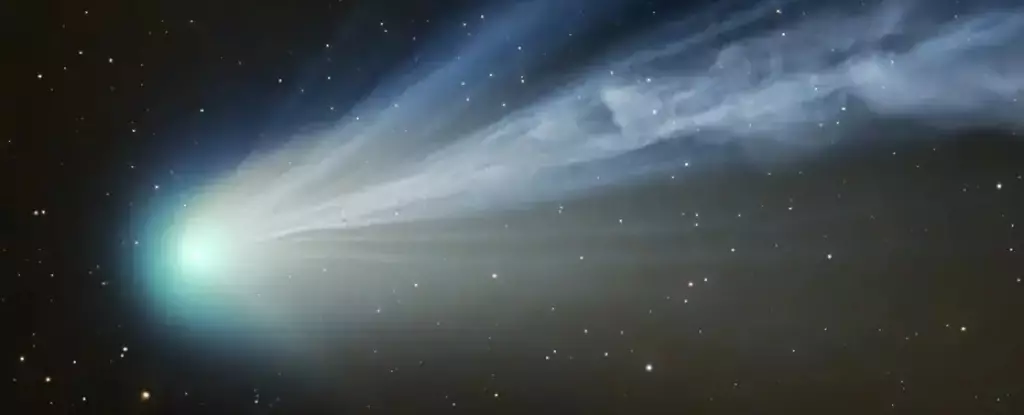A rare celestial event is set to unfold on April 8, as the moon will darken the sun during a total solar eclipse casting a shadow over a substantial portion of the United States. But, viewers might be in for a double treat as Comet 12P/Pons-Brooks, also known as the “Mother of Dragons” or “Devil comet,” will make its appearance for the first time in 71 years. This unusually large comet, estimated to be as big as Mount Everest, has horn-shaped outbursts in its coma, giving it the ominous nickname of the “Devil comet.”
As the total solar eclipse darkens the skies, observers may have a chance to catch a glimpse of the Devil comet with the naked eye or through binoculars or a telescope. However, it is vital to remember never to look directly at the sun without proper eye protection during a solar eclipse. The exception to this rule is during the brief window of totality, when the skies darken enough for viewers to potentially spot the comet if the conditions are clear. To locate Pons-Brooks, observers should first look toward the eclipsed sun for the planet Jupiter and then navigate slightly up and to the right between Jupiter and the sun.
During the total solar eclipse, the comet might appear as a faint gray smudge due to its distance from the Earth. Comet 12P/Pons-Brooks will still be two weeks away from its closest approach to the sun on April 8, with an estimated apparent magnitude of 4.9. The comet’s visibility is challenging to predict as its brightness changes with its distance from the sun and its coma’s interaction with sunlight. While some comets have wowed viewers with a dazzling display, others have failed to live up to expectations.
Comet 12P/Pons-Brooks has the advantage of being cryovolcanic, which means it erupts frequently, creating a cloud of ice and dust that reflects light and enhances its visibility. An eruption during the total solar eclipse would be a remarkable sight to behold if it occurs. If observers miss the comet on April 8, they can try again in the days leading up to April 21 when it will be closest to the sun and at its brightest. As its path moves closer to Jupiter in the sky, viewers may have additional opportunities to witness the Devil comet in its celestial dance.
Overall, the upcoming total solar eclipse presents a unique opportunity for sky watchers to witness not only the moon’s shadow darkening the sun but also the rare appearance of Comet 12P/Pons-Brooks in the night sky. It is a reminder of the vastness and beauty of the universe, inviting us to marvel at the wonders of the cosmos. So, mark your calendars and keep your eyes peeled for this celestial spectacle on April 8.


Leave a Reply